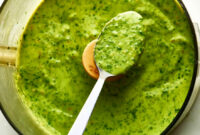Limburger cheese. Just the name conjures images of pungent aromas and bold flavors, a cheese that demands attention and sparks conversation. Whether you’re a seasoned cheese connoisseur or a curious culinary adventurer, understanding and appreciating Limburger is a journey worth taking. This guide will delve into the world of Limburger, providing you with a comprehensive recipe and insights into its unique characteristics. We will explore its history, taste profile, and, most importantly, teach you how to prepare it to unlock its full potential. Get ready to embrace the intensity and discover the surprisingly nuanced delight that is Limburger cheese!
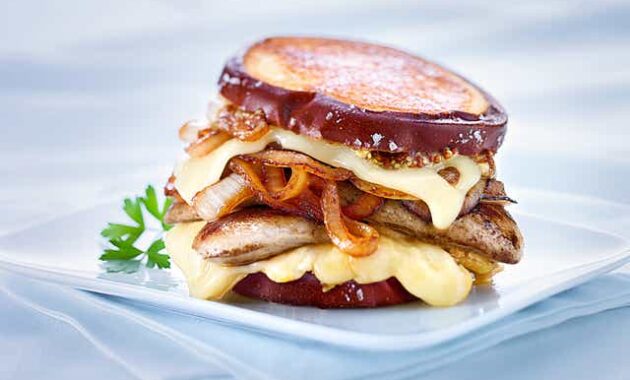
Before diving into the recipe, let’s address the elephant in the room: the smell. Yes, Limburger is known for its strong aroma, often compared to feet or dirty socks. This odor is a result of the bacterium Brevibacterium linens, which is used to wash the rind during the cheese-making process. This bacterium is also found on human skin, hence the peculiar comparisons. However, don’t let the smell deter you! The taste of Limburger is far more complex and enjoyable than its aroma might suggest.
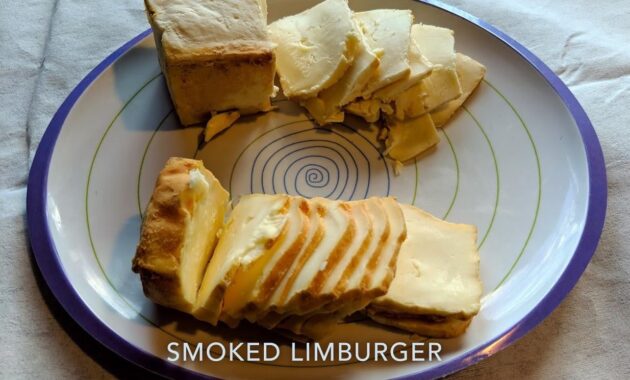
Limburger cheese is a semi-soft cheese that originated in the historical Duchy of Limburg, which is now divided between Belgium, Germany, and the Netherlands. It’s traditionally made from cow’s milk and aged for a relatively short period, typically a few weeks to a few months. During this aging process, the cheese develops its characteristic reddish-brown rind and creamy interior. The flavor of Limburger can range from mild and buttery when young to intensely pungent and earthy when fully ripe. This recipe will help you prepare Limburger cheese in a way that highlights its best qualities and minimizes any overwhelming aromas.
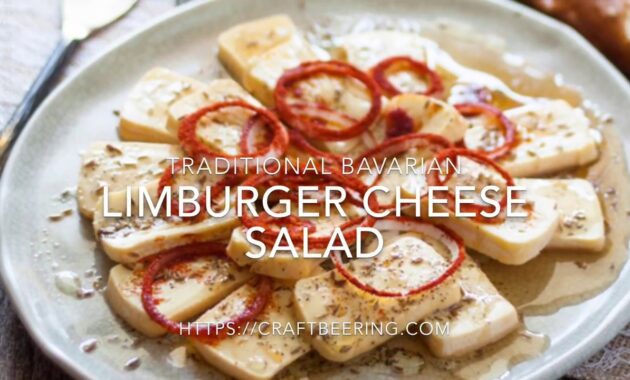
The key to enjoying Limburger is understanding how to serve it. It’s not a cheese you’d typically grate on pasta or melt into a pizza. Instead, Limburger is best savored at room temperature, allowing its flavors to fully develop. It’s often paired with rye bread, onions, and mustard, a classic combination that balances the cheese’s intensity. But there are other creative ways to enjoy Limburger, which we’ll explore later in this guide.
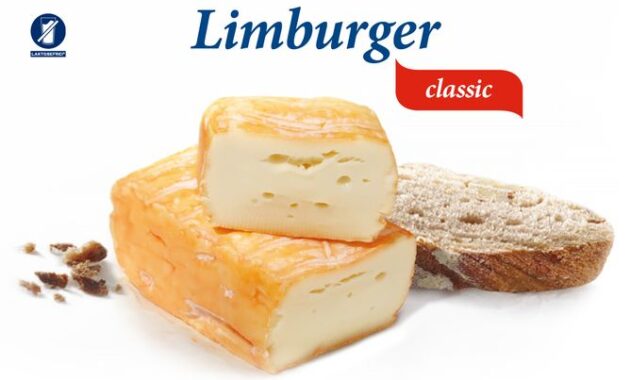
So, are you ready to embark on a culinary adventure and discover the surprisingly delightful world of Limburger cheese? Let’s get started!
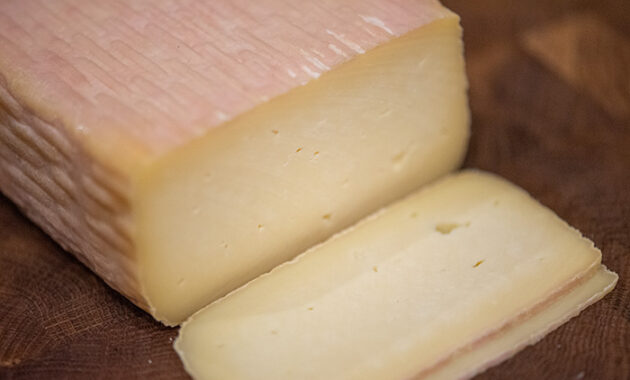
[Image of perfectly prepared Limburger Cheese with Rye Bread, Onions, and Mustard]
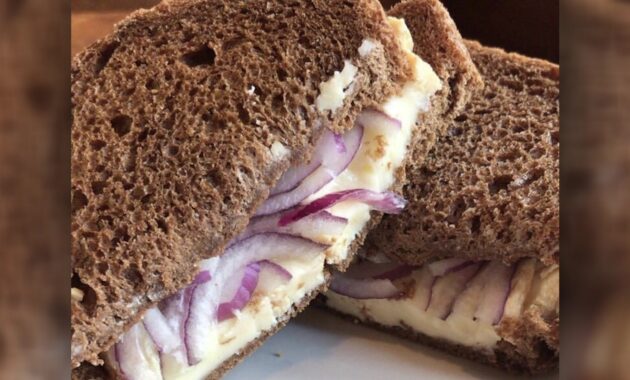
Recipe Overview
This recipe focuses on preparing Limburger cheese for optimal enjoyment, whether you’re a first-timer or a seasoned enthusiast.
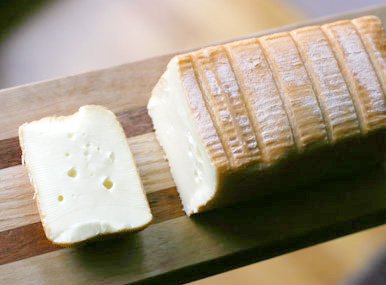
| Category | Value |
|---|---|
| Preparation Time | 15 minutes |
| Cook Time | None (Preparation only) |
| Servings | 2 servings |
| Difficulty | Easy |
Nutrition per serving (estimated)
Note: Nutritional information is an estimate and can vary based on specific ingredients and portion sizes.
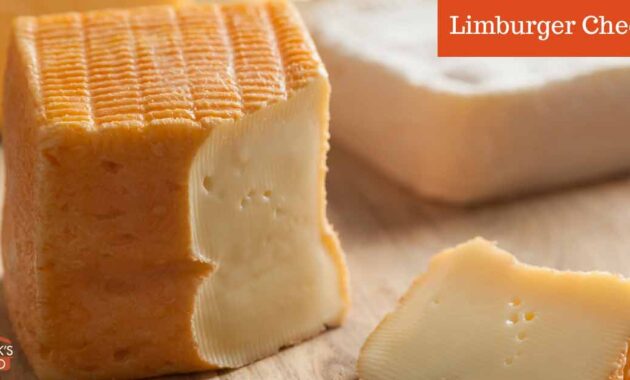
| Nutrient | Amount per Serving |
|---|---|
| Calories | Approximately 250-300 |
| Protein | 15-20g |
| Fat | 20-25g |
| Saturated Fat | 12-15g |
| Cholesterol | 60-75mg |
| Sodium | 300-400mg |
| Carbohydrates | 5-10g (from bread, onions, etc.) |
| Fiber | 1-2g (from bread, onions, etc.) |
| Sugar | 1-3g (from bread, onions, etc.) |
Ingredients
| Ingredient | Quantity | Notes |
|---|---|---|
| Limburger Cheese | 4 oz (113g) | Choose a ripe, but not overly aged, piece. |
| Rye Bread | 4 slices | Pumpernickel or dark rye works best. |
| Yellow Mustard | 2 tablespoons | Dijon or spicy brown mustard can also be used, but classic yellow is traditional. |
| Red Onion | 1/4 medium | Thinly sliced. You can soak the slices in cold water for 10 minutes to mellow their bite. |
| Optional: Butter | 1 tablespoon | For spreading on the bread. |
| Optional: Caraway Seeds | Pinch | Sprinkle on the bread for added flavor. |
Cooking Instructions
- Prepare the Onions: Thinly slice the red onion. If you prefer a milder onion flavor, soak the slices in cold water for about 10 minutes. Drain well before using.
- Prepare the Bread: If desired, lightly butter the rye bread slices. This is optional but adds a touch of richness. You can also sprinkle a pinch of caraway seeds on the buttered bread for an extra layer of flavor.
- Assemble the Sandwich: Spread a generous layer of yellow mustard on two slices of the rye bread.
- Add the Limburger: Cut the Limburger cheese into slices that are about ¼ inch thick. Arrange the cheese slices evenly over the mustard on the bread.
- Add the Onions: Top the Limburger cheese with the thinly sliced red onions.
- Top and Serve: Place the remaining slices of rye bread on top of the onions to create the sandwiches. Cut the sandwiches in half, if desired, and serve immediately. Limburger cheese is best enjoyed fresh.
Serving Suggestions
The classic Limburger preparation with rye bread, onions, and mustard is a timeless combination. However, don’t be afraid to experiment! Here are a few other serving suggestions to explore the versatility of Limburger cheese:
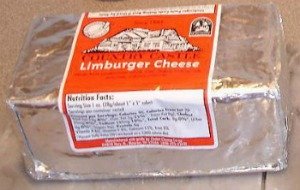
- With Apples or Pears: The sweetness of apples or pears can provide a delightful counterpoint to the pungency of Limburger. Slice the fruit thinly and serve alongside the cheese.
- On a Cheese Board: Include Limburger on a cheese board with other cheeses, crackers, fruits, and nuts. This allows guests to sample a variety of flavors and textures.
- With Beer: Pair Limburger with a malty beer, such as a dark lager or a bock. The beer’s richness complements the cheese’s intensity.
- In a Salad: Crumble Limburger over a salad with hearty greens, such as spinach or kale. The cheese adds a bold flavor that elevates the salad.
- Baked Limburger: For a unique twist, try baking Limburger in a small dish until it’s warm and melty. Serve with crusty bread for dipping. Be warned, this will intensify the aroma significantly!
Notes and Tips
- Choosing the Right Limburger: Look for Limburger cheese that has a slightly reddish-brown rind and a creamy, slightly yielding interior. Avoid cheese that appears overly dry or cracked. The aroma should be pungent but not overwhelmingly ammonia-like, which indicates spoilage.
- Serving Temperature: Limburger cheese is best served at room temperature, which allows its flavors to fully develop. Remove the cheese from the refrigerator at least 30 minutes before serving.
- Controlling the Aroma: If you’re concerned about the strong aroma of Limburger, wrap it tightly in plastic wrap and then in a sealed container before storing it in the refrigerator. This will help to contain the smell.
- Pairing Suggestions: The classic pairing of rye bread, onions, and mustard is a great starting point, but don’t be afraid to experiment with other flavors. Sweet, sour, and spicy flavors often complement Limburger well.
- Storage: Store Limburger cheese in the refrigerator, tightly wrapped in plastic wrap and then in a sealed container. It will keep for several weeks.
- Mellowing the Flavor: For a less intense Limburger experience, try letting the cheese sit out, unwrapped, at room temperature for an hour or two before serving. This will allow some of the ammonia to dissipate, resulting in a milder flavor.
- Balancing the flavors To balance Limburger, consider the classic pairing: the sharpness of red onion, the tang of mustard, and the earthy notes of rye bread all cut through the richness of the cheese. Experimenting with thinly sliced pears or apples introduces a touch of sweetness that complements the savory character.
- Consider Caraway: Caraway seeds have a natural affinity for both rye bread and Limburger, adding a complementary earthy flavor that enhances the overall experience.
Ultimately, enjoying Limburger cheese is a matter of personal preference. Some people love its bold flavor and pungent aroma, while others find it overwhelming. By following this recipe and experimenting with different pairings, you can discover your own perfect way to savor this unique and intriguing cheese. Remember that the experience of eating Limburger cheese, similar to appreciating other distinct or acquired tastes, relies on a delicate equilibrium among the elements. The contrast of textures and aromas creates a unique sensory experience. By understanding the intricacies of its flavor profile and choosing complementary foods, you can unlock the hidden beauty of Limburger and discover a world of gustatory satisfaction. Don’t be scared to try – with the right preparation and some open-mindedness, you may find that Limburger becomes a surprising new favorite.
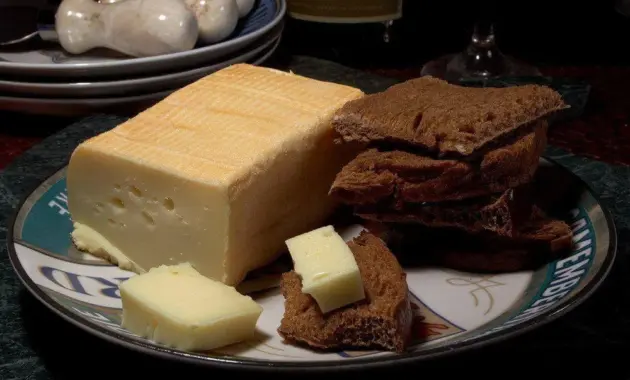
Understanding its history can also deepen your understanding. As mentioned previously, the cheese originates from the Limburg region. However, it found great popularity within the United States in the late 19th and early 20th centuries. Its strong taste resonated with the immigrant population that had come from Europe at this time. Several factories sprung up in New York and Wisconsin to satisfy this market, and these regions are often connected to the cheese even today. Limburger’s ability to withstand aging and its unique flavor profile made it a convenient and tasty snack for those working hard to build a life in the New World. When you eat Limburger cheese today, you not only experience the taste but also reconnect to its rich cultural heritage.
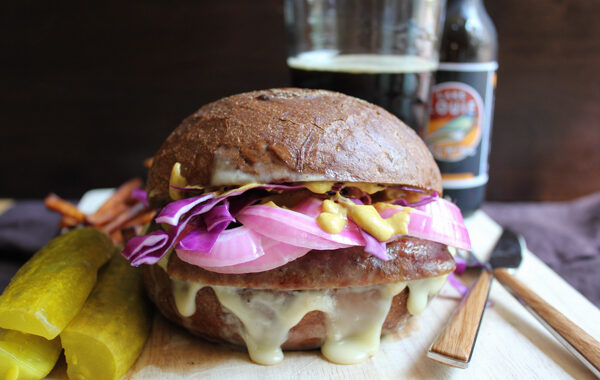
Remember, the secret to eating Limburger Cheese is all about balance and preparation! The **Limburger Cheese** pairs well with other strong flavors, so think about what you can combine with it. Enjoy your new culinary adventure with Limburger Cheese!
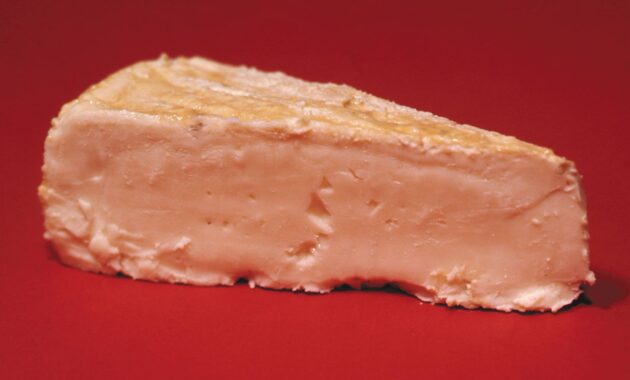
So, go ahead, grab a piece of Limburger cheese, gather your ingredients, and embark on a culinary adventure. You might just discover your new favorite cheese!





